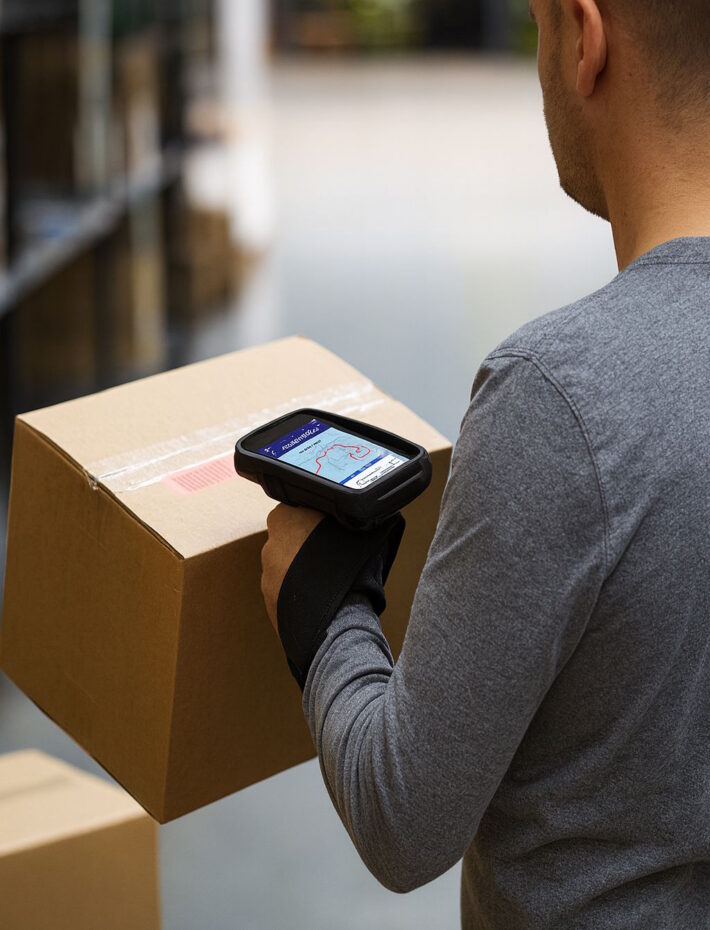Dispatcher: Origins of a Key Logistics Profession

If you manage a delivery business, you definitely know the term **dispatcher**. This role, essential in organizing logistics flows, has established itself as a pillar of the transport sector.
But how has this profession evolved? How has it integrated modern technologies while maintaining its strategic value? Let’s look back at the history of dispatching and its role in delivery management.
What is a dispatcher and why are they essential?
The **dispatcher** is the person responsible for distributing transport missions among available drivers, taking into account multiple constraints:
- Optimizing routes to reduce costs and delivery times.
- Managing emergencies and unforeseen events in real time.
- Coordinating with customers and operational services.
Their goal is to ensure a smooth flow of goods and optimal customer satisfaction. This role becomes even more strategic in transport and delivery companies where every minute counts.
The origins of the dispatcher profession
Far from being a recent invention, dispatching finds its roots in several fields.
From military communications to emergency services
Historically, the term **dispatch** referred to the rapid sending of confidential messages, particularly in armies and embassies. As early as the 16th century, **couriers** transported military orders on horseback to ensure their secure transmission.
In emergency services, the role of the dispatcher became crucial with the emergence of emergency call centers. Even today, operators of **112** or **911** play a key role in quickly sending help based on reported situations.
The rise of dispatching in transport and logistics
With industrialization and globalization, optimizing goods flows has become a major challenge.
- In the 1990s, **taxi centers** used dispatchers to assign journeys to drivers, often via CB radio or on-board telephone.
- In the 2000s, digital platforms like **Uber** and **Deliveroo** automated dispatching using algorithms based on driver geolocation.
But contrary to popular belief, full automation of dispatching remains a minority approach. Most **transport companies** still rely on human management assisted by digital tools.
Why automation cannot replace everything in dispatching?
The arrival of digital platforms has accelerated order management, but automation is not suitable for all scenarios.
1. Effective but limited automation
Platforms like Uber rely on algorithms that automatically assign rides to the closest driver. This model works perfectly for short, repetitive journeys.
But **in goods transport, planning is much more complex**:
- Route management involves multiple delivery points.
- Some parcels require specific vehicles (trucks, refrigerated vehicles, cargo bikes).
- Deadlines and time windows require fine coordination.
In these cases, human intervention is essential to arbitrate between multiple constraints and adjust dispatching according to unforeseen events.
2. A need for professional expertise
Even with the best optimization tools, **experienced dispatchers** remain best placed to make strategic decisions.
- They know the habits of drivers and field constraints.
- They can anticipate blockages related to local regulations (low emission zones, traffic restrictions).
- They are able to adjust delivery plans in case of hazards (accidents, delays).
This is why the majority of **transport companies** favor **hybrid dispatching**, combining digital tools and human oversight.
What tools facilitate the work of dispatchers?
Transport companies today have many software options to automate part of the dispatchers’ work.
1. TMS and DMS software
**TMS (Transport Management Software)** and **DMS (Delivery Management Software)** allow management of the entire logistics process:
- Handling customer orders.
- Assigning missions to drivers.
- Real-time delivery tracking.
2. Mobile applications for delivery drivers
Applications used by drivers facilitate communication with dispatchers:
- **Live geolocation** to track the progress of delivery routes.
- **Status updates** (package being delivered, delay, reported problem).
- **Capturing proof of delivery** (photos, electronic signatures).
3. Route optimizers
When deliveries involve multiple stops, **optimization algorithms** calculate the most efficient route, taking into account traffic and time constraints.
These tools allow **dispatchers** to focus on exception management rather than manual planning.
Conclusion: an evolving profession
The **dispatcher** profession remains an essential link in logistics. Despite the arrival of automation technologies, **human expertise is still necessary** to manage unforeseen events and ensure optimal service quality.
As the transport sector becomes more digital, the role of the dispatcher is evolving towards a **supervision and optimization function**, relying on high-performance software to improve the responsiveness and profitability of operations.
Companies that know how to combine **digital tools** and **human intelligence** will have a decisive competitive advantage in delivery management.



